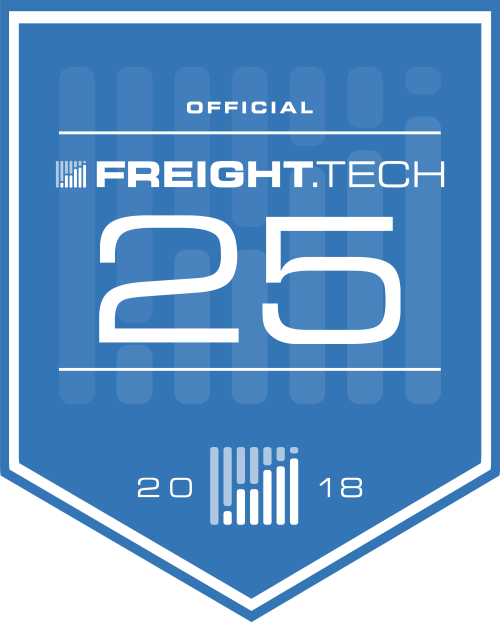When William was two years old, he decided what he wanted to do for a living. He wanted to be a truck driver.
Did he have drivers in his family? Was he raised around the industry? “No,” he laughed, “I just loved trucks from a young age!”
William got his CDL in 2004 and began what would become a 14-year career as a driver. As he reflected back on his career, he thought about the good times he had on the road and the incredible technological changes that the industry has experienced.
Driving Before Mobile Apps
When William hit the road in 2004, cell phones weren’t smart, and apps and computerized software weren’t very common. Instead, he used a combination of GPS devices and map books to plot his route.
“The problem with a GPS is it doesn’t tell you exactly where to go,” he told me. “You could go down roads that aren’t rated for trucks or with overpasses that are too short.” Instead, he had to combine the truck-focused map books with the GPS suggestions to create his own route.
William’s career ended before Dock411’s facility-specific data became available, but he wishes he’d had access to it as a driver. “Dock411 gives you the exact location of where you need to go, without you doing all the work,” he said. “Knowing how to navigate those last couple miles, and then exactly where to go within the facility, is amazing.”
Where Can You Park?
Parking has been a problem in trucking for a long time, especially as the industry grows and there are more and more drivers on the road. Truck stops haven’t been able to keep up with demand, and drivers are parking wherever they can.
“Of course, that’s less of a problem now, with the kind of data that’s available from facilities and drivers,” he points out. “For example, the data in Dock411 allows drivers to leave reviews and let people know where there’s parking near a facility. Facilities can also update the location of nearby parking when they claim their profiles, and I’ve heard that soon truck stops will be included in the data Dock411 offers. All of that will make parking easier for everyone.”
Knowing What to Expect
Drivers love “gravy loads,” or loads where there are no surprises when they arrive to make the drop. Unfortunately, they are few and far between, because communication between drivers, brokers, and facilities isn’t always what it should be.
With new technology, that’s changing too. Driver reviews on apps like Dock411, along with information from the facility itself, give drivers a better idea of what to expect. For example, if the yard hours are listed as 8 am to 4 pm, but the facility stops taking check-ins at 3 pm, a review can help another driver know when to arrive.
“I really wish there had been driver reviews available when I was on the road,” William told me. “Drivers don’t lie to you about problems they encountered, and they’ll tell you if it was a great experience. Knowing what to expect makes a huge difference when you’re on the road.”
Incorporate the Data Your Drivers Need
William didn’t start driving in the “dark ages,” but even in 20 years, he’s seen significant changes in what’s available to truckers. “There’s a lot I wish I had available to me when I was on the road,” he said.
Now that this data is available, carriers and other technology partners can give drivers the information they need by easily integrating the data into their software, making it even more valuable to users.
We’d love to work with you to share what we’ve learned with today’s drivers. Reach out to us today!

